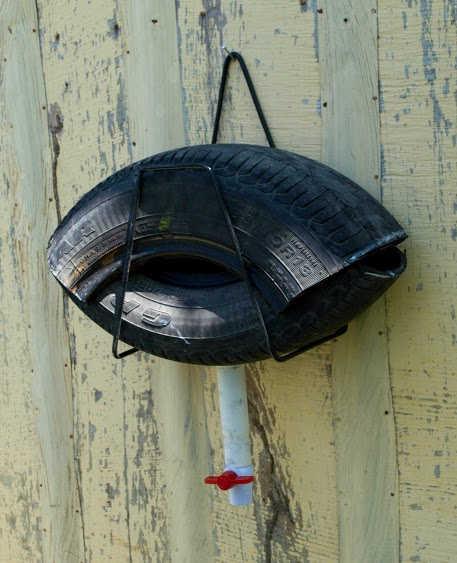 Mosquitoes and the diseases they carry have been in the news quite a bit lately. Everyone has been talking about the Zika virus and the tremendous health consequences it causes. But truth be told, Zika is just a drop in the bucket. Mosquitoes have been killings millions of people with dozens of different diseases since the beginning of human history. In that regard, they are technically the most dangerous animal on the planet.
Mosquitoes and the diseases they carry have been in the news quite a bit lately. Everyone has been talking about the Zika virus and the tremendous health consequences it causes. But truth be told, Zika is just a drop in the bucket. Mosquitoes have been killings millions of people with dozens of different diseases since the beginning of human history. In that regard, they are technically the most dangerous animal on the planet.
Still, it’s difficult to ignore the impending threat of Zika. Most of the US is relatively free of the worst diseases that mosquitoes carry; diseases that frequently ravage the developing world. And unfortunately that may be about to change. This virus is spreading fast, and is expected to proliferate throughout much of the United States in the near future.
So what can you do to control these disease ridden creatures? Heck, even without the threat of being infected, you’d probably be willing to try anything to get rid of any mosquitoes on your property. They’re already a nuisance, even when they don’t make you sick.
There’s a new method you can utilize that was recently developed by a Canadian professor by the name of Gérard Ulíbarri. It works by turning the mosquito’s favorite breeding ground into a trap. That breeding ground is of course, the humble car tire. When left outside and filled with rainwater, tires are known to attract mosquitoes for reasons that aren’t exactly clear. It’s believed that the heat retention qualities of rubber may be to blame, or perhaps the tires give off a scent that is irresistible to these creatures.
Whatever the case may be, mosquitoes love laying their eggs in wet tires more than anywhere else, and there’s a way you can use that against them. It’s called the ovillantas, and it looks like this:

It’s an attractive breeding ground for sure. It’s filled with water in the bottom half where they can lay their eggs, but is still covered to protect them. About once every three days to a week, you drain the water into a container covered in fabric, so that the eggs and larvae can be separated and killed. You pour the water back into the device, since it is now filled with pheromones that will attract more mosquitoes.
So just how effective is it? After testing it in Guatemala, Professor Ulíbarri found that it was 7 times more effective than traditional mosquito traps. If this sounds like it’s right up your alley, here’s how you can make the ovillantas yourself.
[youtube https://www.youtube.com/watch?v=_993nqyBwbs]
One thing to keep in mind, is that much of this process can be done without power tools if they’re not available to you. You can wing it with a knife or a boxcutter, but obviously it will take longer, and will be a heck of a lot harder.
There will likely be a bundle of steel wires running along both of the inner edges of the tire, which can be cut away before you cut the tire in half. If you have the stamina and patience for it, you can do the rest of the cutting without power tools. But like they say in the video, this can be done without cutting the tire in half. Just so long as you can cut a hole for the valve, it will still work fairly well.
Unfortunately, most tires in the United States have a belt of steel wires running just under the tread. This belt is nearly impossible to cut through even with power tools, and in all likelihood will damage whatever blade you’re using. However, the steel belt doesn’t run along the walls of the tire, only under the tread. I’m willing to bet that you can place the water valve on the side of the tire instead of beneath it.

Tires from a lawnmower would be perfect for this. They are smaller, making them easier to work with, and do not have steel in them.
Horse keepers like myself are constantly plagued with battling mosquitoes due to the threat they pose to equine, which can be fatal, more times than not.
Thousands of dollars are spent annually on pesticides that are not good environmentally and are not effective to say the least, creating a toxic surrounding wherever they are applied. This is ingenious. Thank you.
Do you use Mosquito fish or goldfish in the water tanks? Goldfish worked great at. keeping our water tanks mosquito free, and they survived winter temperatures that can get below 0. During lean times of no mosquitoes the goldfish are happy to eat oatmeal, which is not harmful to livestock.
I had lots of mosquito larvae in plastic tubs this summer, but not if the buckets contained guppies. I had to provide separate guppy-free tubs for the mosquitoes and then scoop the larvae from one to the other.
Worked great, though, and the guppies consumed hundreds of mosquitoes that would have otherwise infested the neighbourhood.